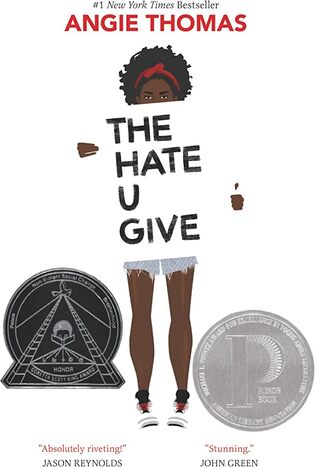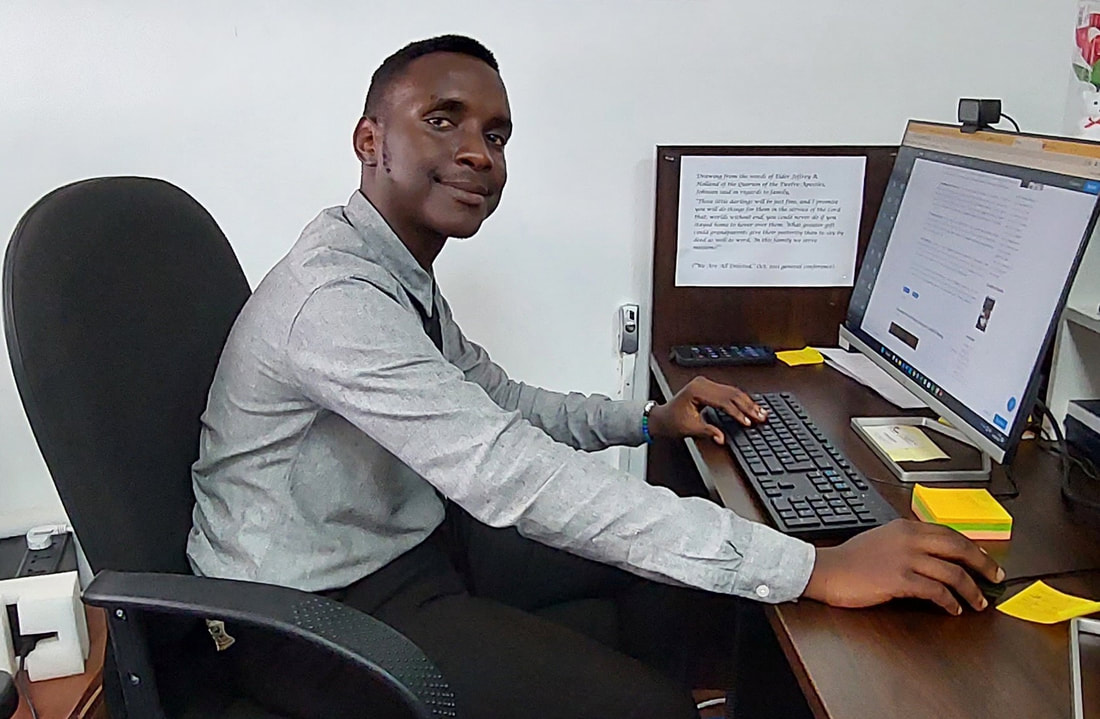| We welcome back Christian Gregory for his second in a two-part series! Dr. Gregory is an Assistant Professor at Saint Anselm College, teaching courses for preservice teachers in methods, pedagogy, the graphic novel, and Young Adult Literature. He has written chapters on the history of both YAL and the graphic novel and published in English Journal, English Education, the Journal of LGBTQ Youth, and the International Journal of Dialogic Pedagogy. His research interests are diversifying the canon, dialogical theory, and queer studies. |

Last week I laid the groundwork for discussions which focus both on the sport and the overlay of intersectionality, be it gender, race, or sexuality. If boxing and sport are narratives indicative of the larger narrative of life, then I ask students to consider how these issues within the sport may intersect with the larger systemic oppression such as racism, sexism, or homophobia, offering a series of questions to elicit student thinking:
- How might you apply these tropes to the characters you are tracking in the novel?
- Do they use their innate skills to navigate their way through the sport and the world to success?
- Do they bob and weave to avoid the challenges that face them?
- Or must they endure the adversary face-first with some degree of tension and difficulty?
- Last, since many YA novels that focus on gender, race, or sexuality as well as the sport, consider how these issues may intersect with the sport, and how those identities may create obstacles due to any form of systemic oppression such as racism, sexism, or homophobia.
For writers of YAL, this sport story can offer the form of analogy. Does the game and fight inside the arena (or playing field or court) rest in concert or contrast to the lived experience of the protagonist? Is the sport a refuge from the turmoil of home and life? Is it merely and extension or micro-replication of the larger issues at hand? Even Starr in The Hate U Give cannot escape microaggressions on the court, even in a friendly practice game with friends. Inviting students to consider the two realms, the real and the field, against one another can help students refine elements of contrast and analogy. For if the two realms operate in contrast, then the sport serves as some comfort, the team or teammates, a second family; in contrast, if coordinated, then the play on the field is merely a microcosm of the larger injustice in the world.
Another mode to invite discussions would be to have students consider the relationship between the coach and athlete. Nikolajeva (2010) writes notably about aetonormativity, or the idea that behind every confused youth is the wise elder offering the benefits of adult norms and normative behavior. This application may, of course, apply not only to parents but also their high school equivalents: teachers and coaches. Petrone, et al. (2015) uses this as one of the framing questions for the Youth Lens. Adapting this to sports books, one may examine some of the archetypes of coaching. Two modes can be traced through the varied styles of Indiana’s Bobby Knight, who would famously badger his athletes and famously threw chairs; and, in contrast, UCLA’s John Wooden, who knew the players personally, acted as parentis in loco, offering a more laid back, encouraging, positive style. This may provide an initial entry into any given coach model. Take for example the sadistic coach in The Chocolate Wars, who abuses his position of power in coaching new quarterback, Jerry Renault. This is what CJ Pascoe (2007) has defined as hegemonic masculinity, or the type gender practice that in its construction of hierarchy supports gender inequality.
The 3+1Cs Model of Coaching
Archetypes and methods of coaching have been examined by in several articles, most notably by Jowett and Shanmugam (2016), who developed the notion of the “3+1C Model” within the coach-athlete relationship. Four features make for success: closeness (trust, respect, care and support); commitment (the capacity to form and continue a close bond to ensure performance); and complementarity (which involves the responsiveness and openness and a degree of shared behaviors); and coorientation, the extent to which the coach and athlete share “common ground” and imaginatively see one another’s perspective.
With this framing in mind, students can examine the relation between the coach and team or coach and protagonist. What might be the level of trust? What is the coach’s investment in the success of each athlete? What features constitute this dyadic relation? Collaborative? Competitive? Such a discussion can move across narratives, and students will be able to share their evidence from each work at hand. One note for teachers is that YAL and fiction in general is often predicated on conflict, and it may be that coaches or teachers are forces of antagonism rather than support. Still, students in considering this 3+1C model may pull from both the world of the novel and their own lived experience or knowledge of the coach-student relation.
Distant and Wide Reading Across YA Sports Reads
By providing a common frame or lens, the class can operate more as a kaleidoscope of responses across the genre. In this way, the classroom operates to comb the field of YA rather efficiently in classroom discussion. New Critics would have the teacher center one text, typically a canonical text, and consider the formal operations within that text, such as setting, theme, symbols and allusions. But this March Madness Method is more akin to Moretti’s distant reading (2010), which moves across large sets of texts rather than within a given text. YAL is ideal for this distant, mad reading. As we know, YAL breaks the canon and useful reading lenses provide the necessary method to track tropes across a variety of texts. Mad? Yes. Necessary. Absolutely. Gratifying? Moving across a dozen or so of texts in one class feels closer to sociological-literary studies. In my classroom experience, students are more likely to read books they select on topics of interest to them. The resulting discussion feels like exponential work, as we cover over 12 books in one discussion. Moreover, the lateral investigation across texts feels gratifying for students. It values breadth. Yet the precision of though in considering the sport-coach-athlete relation, even in light of their own experience seems to invite an engagement of analysis, a subjectivity of response, that often goes undervalued. Here, the Madness Method provides both breadth and emotional depth to discussion.
Buehler, J. (2016). Teaching reading with YA literature. NCTE
Nikolajeva, M. (2010). Power, voice, and subjectivity in literature for young readers. Routledge.
Jowett, S., & Shanmugam, V. (2016). Relational Coaching in Sport: Its psychological underpinnings and practical effectiveness. In R. Schinke, K.R. McGannon, & B. Smith (Eds), Routledge International Handbook of Sport Psychology. Routledge.
Moretti, F (2000). Conjectures of World Literature. New Left Review.
Oates, J.C. (1985). “On Boxing” New York Times.
Oates, J.C. (1987). On Boxing. Harper Collins.
Pascoe, C.J. (2007). Dude, You’re a Fag: Masculinity and Sexuality in High School. University of California Press.
Petrone, R, Sarigianides, S.T. and Mark A. Lewis. (2015) The Youth Lens: Analyzing Adolescence/ts in Literary Texts. Journal of Literacy Research (46)4, p. 506-533.



 RSS Feed
RSS Feed